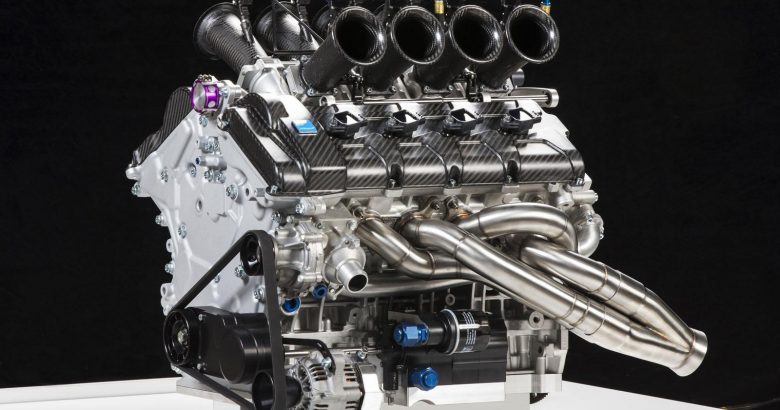
About Cylinder Deactivation
“Cylinder Deactivation” has been around for many years. It’s a pretty simple way to make an engine conserve fuel. Here’s how it works:
With typical light load driving with large engines, only about 30% of an engine’s potential power is required. This is because under these circumstances, the throttle valve is only slightly open and the engine needs to work hard to pull air by it. The result is an inefficient condition that engineers call “pumping loss”. Pumping losses happen because some of the power that the engine creates is used to overcome the drag on the pistons from their fight to draw air into the engine. When deactivating some of the cylinders in an engine with a light load, it forces the throttle valve be opened more to produce constant power and lets the engine breathe easier. Better airflow reduces pumping losses and the vehicle gets better gas mileage.
The Process
Let’s say you have an 8-cylinder engine. With cylinder deactivation technology, you use all eight cylinders when full power is required (i.e. when you are passing) and when you do not need power, you “deactivate” half of them so only four are needed (i.e. when cruising).
Cylinder deactivation is just shutting off the intake and exhaust valves for a specific set of cylinders in your engine. If the intake and exhaust valves are shut off, your cylinder is deactivated. Typically valve actuation is controlled by using solenoids to change the oil pressure to individual lifters. By keeping your intake and exhaust valves closed, it creates an “air spring” in your cylinder. The trapped air is compressed during the piston’s upstroke and pushed down on the piston during its downstroke. The compression and decompression of the trapped air has an equalizing effect so there is no extra load on your engine.
In conjunction with keeping your intake and exhaust valves closed, fuel delivery for every deactivated cylinder is cut off by electronically disabling the appropriate fuel injection nozzles and the spark plug is disabled. The transition between typical operation and deactivation is smoothed out by small changes in ignition and camshaft timing as well as throttle position all managed by the vehicle’s CPU.
In the early 1980s, Cadillac had a cylinder deactivation technology that could shut down 2 to 4 cylinders of their V8 engine. Made in conjunction with Eaton Corporation, the “V-8-6-4” system which used the industry’s first engine control computer to switch an engine from 8- to 6- to 4-cylinder operation depending on the amount of power that was necessary. In the early, 2000s, DaimlerChrysler introduced a Multi-Displacement (MDS) system and today Honda offers a Variable Cylinder Management (VCM) system on certain models.
Final Remarks
The cylinder deactivation process is a great one and it conserves gas. We may see more iterations of cylinder deactivation technology available in the future. Thank you to the team at Chrysler Dodge Jeep RAM Mopar Parts, based out of Gallatin TN and shipping to anywhere in the United States, for their help with this article!